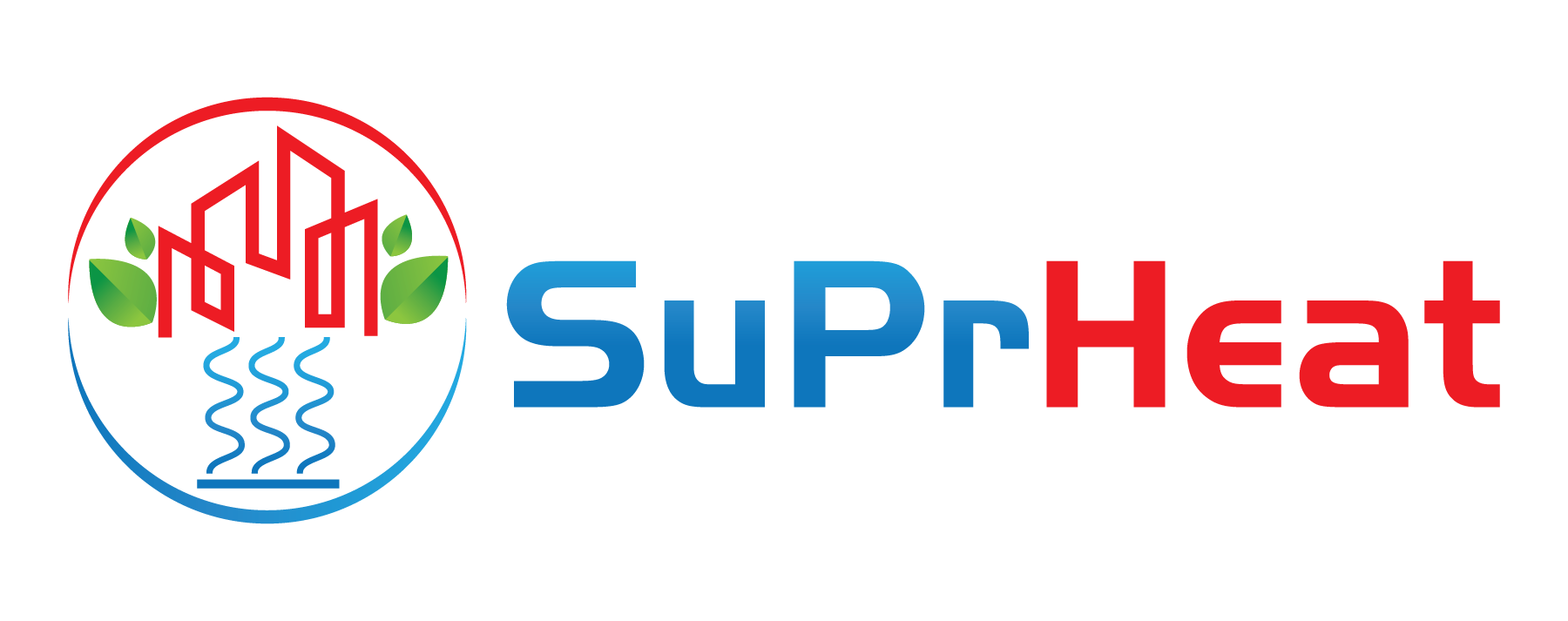Application potential
Increasing the supply temperatures to 200 °C enables covering up to 37 % of the industrial process heat demand in the EU with potential CO2 reductions of 146 MT/a.
Industrial process heat demand
Industries are consuming an enormous amount of energy, which is widely driven by their demand for thermal energy. Approximately 81 % of the final energy consumption is consumed for heating purposes, with 66 % for process heating. Today, a large share of the process heating is covered by fossil fuels, such as coal, oil and gas, accounting for around 552 Mt/a of CO2 emissions.
The process heat is used for a variety of process at a variety of temperature levels. Energy intensive processes in heavy industries require large amounts of heat at very high temperatures. However, approximately 37 % of the process heat is required below 200 °C.

Figure 1: Overview of the final energy demand in the EU industry with applications and temperature levels, Source: Strenghtening Industrial Heat Pump Innovation - Decarbonizing Industrial Heat
High potential for high-temperature heat pumps
Considering that heat pumps are expected to be the economically most reasonable choice for supply temperatures of up to 200 °C, up to 37 % of the entire process heat demand in the EU may be covered by heat pumps. Most interesting sectors include food and beverage, pulp and paper and chemicals, as well as machinery and non-metallic minerals.
A widespread implementation of industrial heat pumps could provide a reduction in final energy consumption by 487 TWh/a and an equivalent of 146 Mt/a in CO2 emissions.

Figure 2: Overview of the application potential for the EU industry for heat pumps with supply temperatures of up to 200 °C, Source: Strenghtening Industrial Heat Pump Innovation - Decarbonizing Industrial Heat
